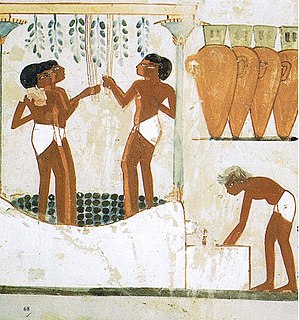Our website is made possible by displaying online advertisements to our visitors.
Please consider supporting us by disabling your ad blocker.
Human uses of plants

Human uses of plants include both practical uses, such as for food, clothing, and medicine, and symbolic uses, such as in art, mythology and literature. Materials derived from plants are collectively called plant products.
Edible plants have long been a source of nutrition for humans, and the reliable provision of food through agriculture and horticulture is the basis of civilization since the Neolithic Revolution. Medicinal herbs were and still remain to be the key ingredients of many traditional medicine practices, as well as being raw materials for some modern pharmaceuticals. The study of plant uses by native peoples is ethnobotany, while economic botany focuses on modern cultivated plants. Plants are also used as feedstock for many industrial products including timber, paper and textiles, as well as a wide range of chemicals.
Ornamental plants give millions of people pleasure through gardening, and floriculture is a popular pastime among many. Viticulture and winemaking can provide both culinary and economic values to society. In art, mythology, religion, literature and film, plants play important roles, symbolising themes such as fertility, growth, purity, and rebirth. In architecture and the decorative arts, plants provide many themes, such as Islamic arabesques and the acanthus forms carved on to classical Corinthian order column capitals.
Previous Page Next Page


